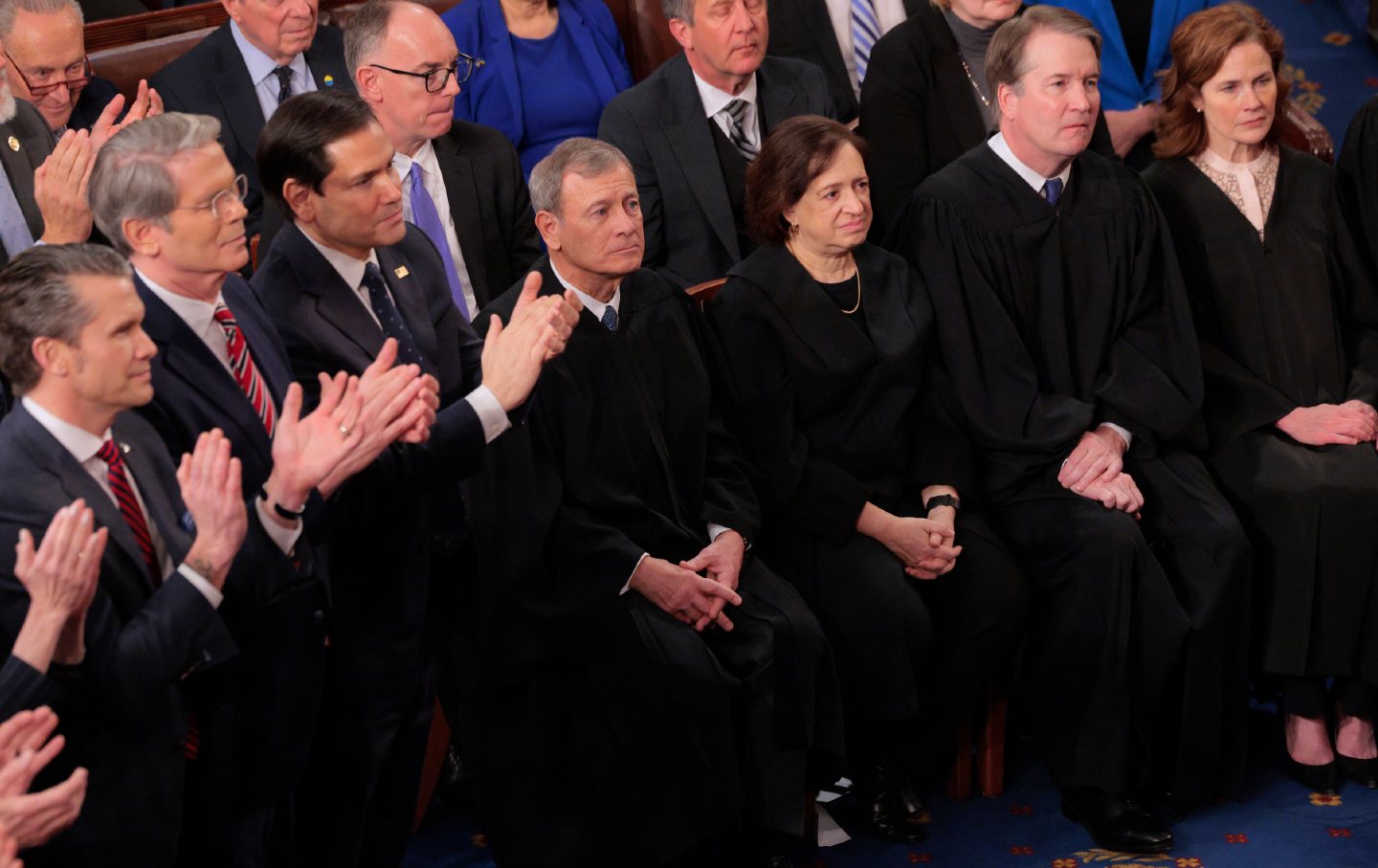On April 22, 2025, an unprecedented ruling by the Supreme Court directed former President Donald Trump to halt the deportation of a group of Venezuelan immigrants, marking a significant rebuke. The decision raises the question of whether governmental power dynamics may be shifting.
In the early hours of Saturday, April 19, the Supreme Court issued a succinct order that effectively instructed Trump to cease the scheduled deportation of immigrants from Texas to El Salvador. This directive, assumed to have passed by a 7-2 vote, highlights a rare moment of judicial resistance against the administration’s failure to adhere to legal mandates.
The case, designated as A.A.R.P v. Trump, revolves around Trump’s application of the Alien Enemies Act to deport individuals without proper legal procedures. A prior related case, Trump v. J.G.G., saw the court mandate that the administration provide adequate notice and appeal options to potential deportees, challenging the precedent of rapid deportations without due process.
Subsequent interventions by the American Civil Liberties Union (ACLU) succeeded in temporarily halting deportations in multiple districts, although similar restraining efforts in Northern Texas were denied by Trump-appointed Judge James Hendrix. Despite purported adherence to restraining orders, reports emerged that Venezuelan nationals were being relocated, potentially bypassing legal prohibitions.
The ACLU responded with emergency appeals to the Fifth Circuit and the Supreme Court, concerned that further wrongful deportations were imminent. Contrary to past anticipated delays, the Supreme Court promptly issued an order halting further transportation of these individuals, blocking potential deportations set for completion before judicial intervention.
This immediate action by the court signifies a departure from previous instances where procedural delays allowed executive actions to proceed unchecked. The rapid involvement suggests a newfound urgency in judicial oversight, perhaps indicative of wider institutional frustration with the administration’s legal maneuvers. Notably, Justices Clarence Thomas and Samuel Alito registered dissent, although the decision was acted upon before their formal objections could be articulated.
While this ruling temporarily preserves the status of the impacted individuals, it remains primarily procedural, without addressing the broader legality of Trump’s use of the Alien Enemies Act for mass deportations. Future compliance with judicial orders remains uncertain, given the administration’s history of executing deportations under questionable motives.
Moreover, this case situates itself alongside high-stakes judicial decisions typically reserved for the death penalty context, where expedited rulings can determine life or death outcomes. The court’s midnight order underscores the perceived gravity of the situation and a desire to forestall irreversible harm.
In conclusion, while the Supreme Court’s reaction showcased a decisive stance against certain executive actions, the broader implications for ongoing legal and constitutional battles remain to be fully realized. As such, this development represents a critical juncture in the ongoing discourse regarding the limits of presidential power and the role of judiciary checks.
